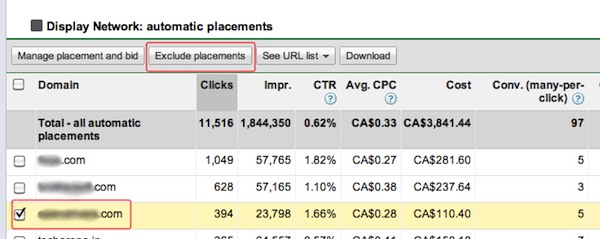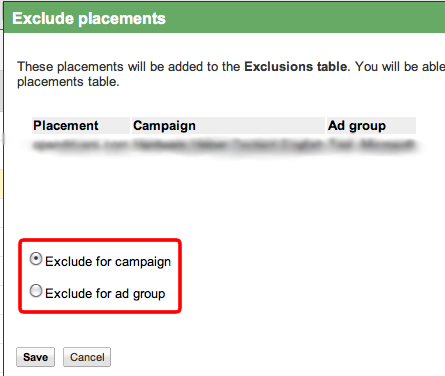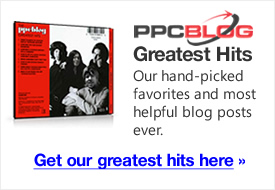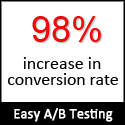I had to rub my eyes for a minute and check with some contacts to make sure this actually happened:
I believe it USED to be when you created a content-only campaign and left the “Content Bid” field blank, that Adwords would just use the “Default Bid” for the adgroup in lieu of there being a specified content bid.
I looked today and this is what I see:
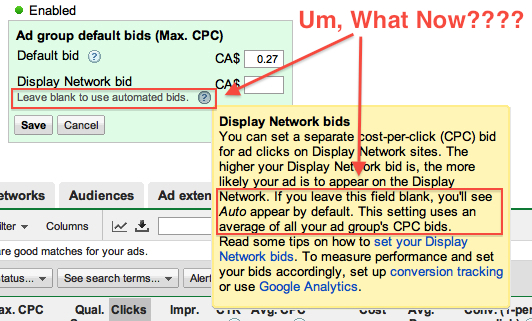
What Just Happened Here?
Is it just me, or did they just FORCIBLY move everyone who left that Content Bid field blank into “auto” bidding? Good thing that in the case of this campaign, the “average of all the adgroup’s CPC bids” generally only varies by a cent or two. Imagine what would happen if some top-performing adgroups in a campaign had vastly higher bids than lower performing adgroups: suddenly your “auto” CPCs are way larger than you want or need.
Of course, some are probably thinking “just set up your campaign with content-specific bids and you won’t have to worry about it”, but why should this be necessary if you take the time to properly configure your campaigns by not mixing search and content in the first place?
The Fox Guarding the Henhouse…
New Adwords advertisers often question why they need to truly understand PPC when Google is telling them they can just run everything on autopilot using algorithms that primarily serves Google’s best interests while being pitched back to advertisers as “what’s best for you”.
This really, really looks like a an effort to slip this past unsuspecting advertisers and turn the dials to more revenue for Google, and it shows why educating yourself on PPC tactics is essential.
This is effectively letting Google write their own paychecks with all of this ‘improve your life’ automation…No thanks.
Update:
Brad Geddes posted this morning on his blog that nothing has really changed here, that ‘auto’ does not mean “automatic CPC bidding“, and the hierarchy of bids has always been (with the exception of new options like Audiences):
- Placements
- Audience
- Ad group placement bid (only older accts might see this)
- Campaign placement bid (only older accts might see this)
- Ad group display network bid
- Campaign content bid (only older accts might see this)
- Auto
- Default bid
The point being that the “Auto” in step 7 is simply a carry-over from search campaign settings where there are keyword-level individual bids that could be averaged for an “auto” bid in that particular adgroup.
The help text in the yellow box that pops up next to where Google labels the display network bid field, appears to be cut and paste from point number four in this Adwords help article:
“You can enter your Display Network bids in the “Display Network Max. CPC” column on the Ad groups page. If you don’t set a specific bid, your bid is set to Auto by default. Auto Display Network bids are based on an average of all keyword bids for the ad group (including the default ad group bid and individual keyword bids).”
It’s confusing language here as it says “Auto Display Network bids” are based on an average of all keyword bids in the adgroup (which of course isn’t possible with Content-only adgroups).
Couple that with what an advertiser sees when he actually does intentionally select automatic CPC bidding in a content-only campaign:

Additionally, Google’s labeling of the display network bid option when Display is turned off at the campaign level shows that they have the capability to make the field labeling context-specific in new UI:

It’s easy to see how this all starts to get confusing… When is ‘auto’ not ‘auto’??
Final Thoughts
It may ultimately be that there’s no functional change in the way the bid hierarchy works here, but few dispute the language change in labeling here. After digging into this heavily over the past couple of days and talking with other advertisers it’s really tough to tell, and I’m not even 100% sure other than the fact that wording is eerily similar to what they say when you ARE indeed having Google set your bids.
Why change the language to an old nomenclature that applies to search campaigns only when they clearly have the ability to get granular in the labeling when display is on or off?
Thanks to everyone for your feedback and thoughts, it’s tough to trace these things back when the UI changes every time you hit F5:)
Brad’s takeaway point in his post I 100% agree with:
“The real takeaway: Set bids at the most granular level. Placements or audiences if you have them; and then always place a display network bid at the ad group level.”
Good reminder all around…

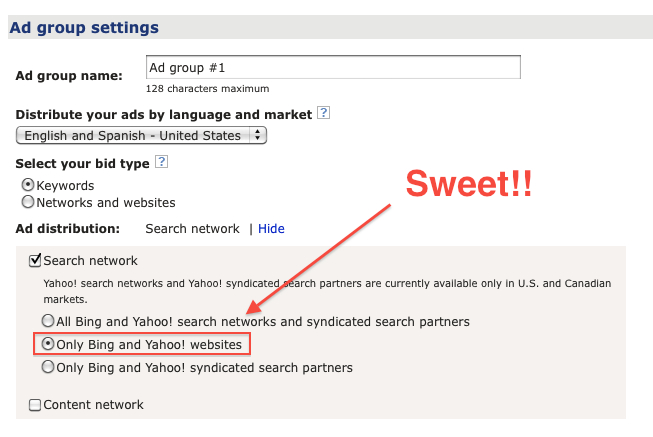


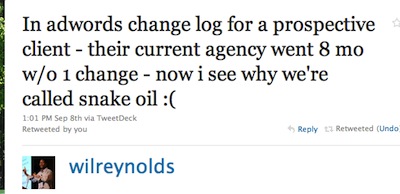



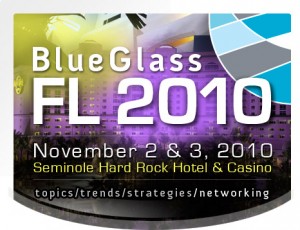 I’m very excited to be presenting at the upcoming
I’m very excited to be presenting at the upcoming 







